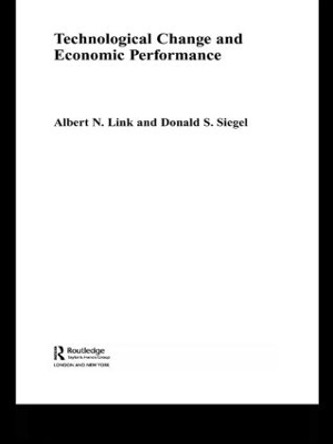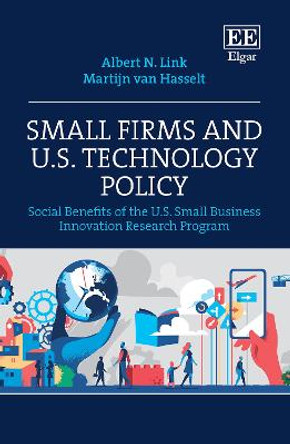Description
This insightful Advanced Introduction provides an in-depth review of current U.S. technology policy, tracing the legislative history of policies such as the Economic Recovery Tax Act, the Small Business Innovation Development Act and the National Cooperative Research Act. The critical elements of the ecosystem in which technology policy exists are also discussed, with a particular focus on U.S. patent policy and U.S. investments in infrastructure technology.
Key features include:
- Historical trace of U.S. technology policy ideas over the past 75 years
- Comparison of U.S. technology policies to those in other nations
- Agenda for future thinking about U.S. technology policy
- Integrated discussion of U.S. technology policy
- Economic rationale for U.S. technology policy
This Advanced Introduction will be invaluable for international business leaders and policymakers, in addition to scholars in economics, public administration, business and public policy.
About the Author
Albert N. Link, Virginia Batte Phillips Distinguished Professor of Economics, University of North Carolina at Greensboro, US and James A. Cunningham, Newcastle University, UK
Reviews
'Al Link and James Cunningham start their book by noting Vannevar Bush's famed Science - The Endless Frontier. It is now the 75th anniversary of that work and we are overdue for a fresh look at the technology policy system Bush helped establish. Their work traces the institutional context for American technology policy and the core laws and policies that have evolved it, applying a clear grasp of the private sector's development role. Their book is a rich and thoughtful exploration, and a ''must read'' for all those interested in technology policy.' -- William Bonvillian, Massachusetts Institute of Technology, US
'Albert N. Link and James Cunningham provide a fresh perspective on the role of government in the now massive U.S. science and technology enterprise with their new book, Advanced Introduction to Technology Policy. The book is a comprehensive introduction to the scale and scope of U.S. technology policy today and well worth adding to the bookshelves of advanced students and practitioners alike. The authors carefully recap the changes in the relationship between government and technology development since the Cold War era, chronicle the forces shaping the technology policy landscape, and explore the five prominent policy options they consider to be the foundation for U.S. technology policy today. Concluding with a roadmap of the current maze of technology policy mechanisms, they identify what they view as two missing elements in today's toolbox for enhancing the nation's innovation engine.' -- Peter Blair, George Mason University, US
Book Information
ISBN 9781789902136
Author Albert N. Link
Format Paperback
Page Count 144
Imprint Edward Elgar Publishing Ltd
Publisher Edward Elgar Publishing Ltd








